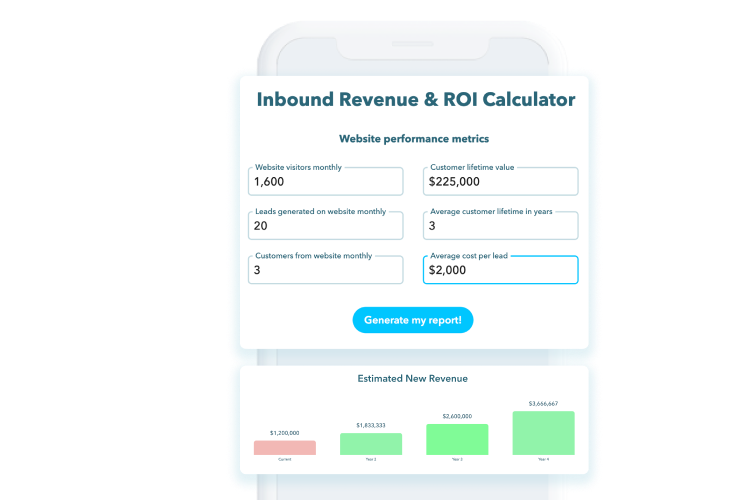 1,100 views
1,100 views 1956 Views
1956 Views  4 min read
4 min readIf teachers and students were all you had to worry about, marketing EdTech would be a breeze. In reality, the decision makers are administrators who are reluctant to expand their already tight budgets to include unfamiliar technology. Those administrators are tough eggs to crack, but they’re not the biggest barrier standing in the way of your marketing success: you are. The key to breaking through that wall is altering your approach to be more customer centered. How do you make the shift to consumer centered marketing? First, you have to identify what’s holding you back. Here are your 5 worst enemies:
You’re in EdTech, so naturally, you like to teach. In fact, you’re so good at communicating your ideas that you sometimes fail to listen as closely as you should. Remember, you can’t sell your technology if your client doesn’t think it will help them. The best way to show them that you have the solution to their pain is putting their needs at the forefront of the conversation. Once the client feels that you’re on their side, they’ll be much more inclined to listen. At that point, you can teach to your heart’s content (just be sure to keep your ears open).
Working in education doesn’t necessarily mean that an individual knows a whole lot about the technical side of things. It’s important to know when to showcase your services in expansive detail, and when to present your innovations in simpler terms. Use plenty of examples and visual aids whenever possible. If you happen to have a blog, encourage your clients to review it. Content can assist you with some of the heavy lifting that’s involved in explaining complicated vocabulary.
Even though your clients will lean heavily on your expertise, it would be wise to expect that they’ve done their research on you and your company…thoroughly. Unfortunately, much of what they’ll retain from their Google+ search are the cons. But don’t worry, there’s a way to fight back. Do your own Google search (no offense to Yahoo people) and find out where they’re getting their information. This will give you the ammo to speak on a leveled playing field and ease their apprehensions.
It can feel like marketing and sales are from two very different planets, but both departments are working towards the same goal: happy customers. At times, one department may be focused on an immediate need, while the other is centered on developing a long-term strategy. But if each side doesn’t agree on who their buyers are and what they want, the customers won’t get the message. It’s essential that both departments have a shared understanding of the buyer personas. Client interaction must also have a centralized place to call home. This makes tracking the client’s experience throughout the sales process easier. Putting this into practice isn’t a one and done type of set-up. It takes constant maintenance and a continued development of buyer personas.
It’s great to have your client’s needs as your top priority, but you won’t become truly client-centered until you have a plan. In essence, you have to know what questions your clients will ask before they ask them. You don’t have to play guessing games, nor do you have to be a mind reader (we won’t lie, it would help). All you need is a thorough understanding of what your clients are thinking during each stage of the buyer’s journey. Creating content can be an excellent medium for uncovering these question. Just don’t be too generous; leave them wanting more.
After defeating these 5 adversaries, you’ll have a clear path to becoming client-centric. Be mindful that your client-centered strategy has to be incorporated into your website. From the very first click, visitors should be presented with a user-friendly interface, and relevant content that will encourage them to learn more about how your business can help them. To learn about what’s needed to develop an effective Content and Inbound Strategy, grab our free eBook here! If you have any questions about how to get started with an Inbound Strategy for your company, don’t be shy, reserve a time to speak with us here. We’re happy to help!
